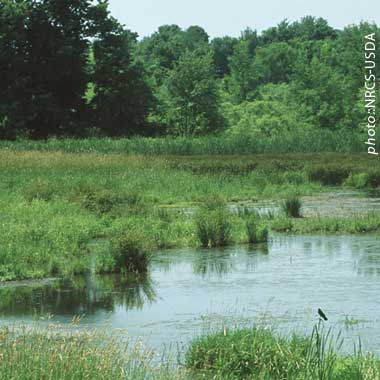Lower Susquehanna Priority Area
The Susquehanna River is the largest tributary of the Chesapeake Bay, the source of the most freshwater, and the largest single source of nutrients to the Bay. This area accounts for only 25% of Pennsylvania lands, but 46% of all farms, 65% of the agricultural industry, and 55% of all highly erodible cropland in the state.
The focus of restoration activities in this watershed will be on agricultural lands, with the primary focus on restoring marginally wet pastures for breeding and spring staging and secondarily promoting restoration of riparian buffers. Restoration of larger tracts of public land will compliment work on private lands to provide a mosaic critical migrating and wintering habitat. Efforts will be focused on delivering wetland and riparian restoration projects using such techniques as breaking tile drains, constructing low level berms and ditch plugs, and will also include planting native trees and warm season grasses.
This area is extremely important to migratory waterfowl, and increasingly more important to waterfowl production in the Atlantic flyway. The freshwater marshes support nesting bald eagles, wood ducks, mallards, and black ducks and is an important wintering and migration area for greater snow geese, AP Canada geese, tundra swans, and American black ducks. The area also supports significant numbers of breeding waterfowl, primarily mallards and wood ducks.

Ducks Unlimited uses cookies to enhance your browsing experience, optimize site functionality, analyze traffic, and deliver personalized advertising through third parties. By continuing to use this site, you agree to our use of cookies. View Privacy Policy